Open 24 hours
We tackle emergency repairs as well as routine septic system pumping.
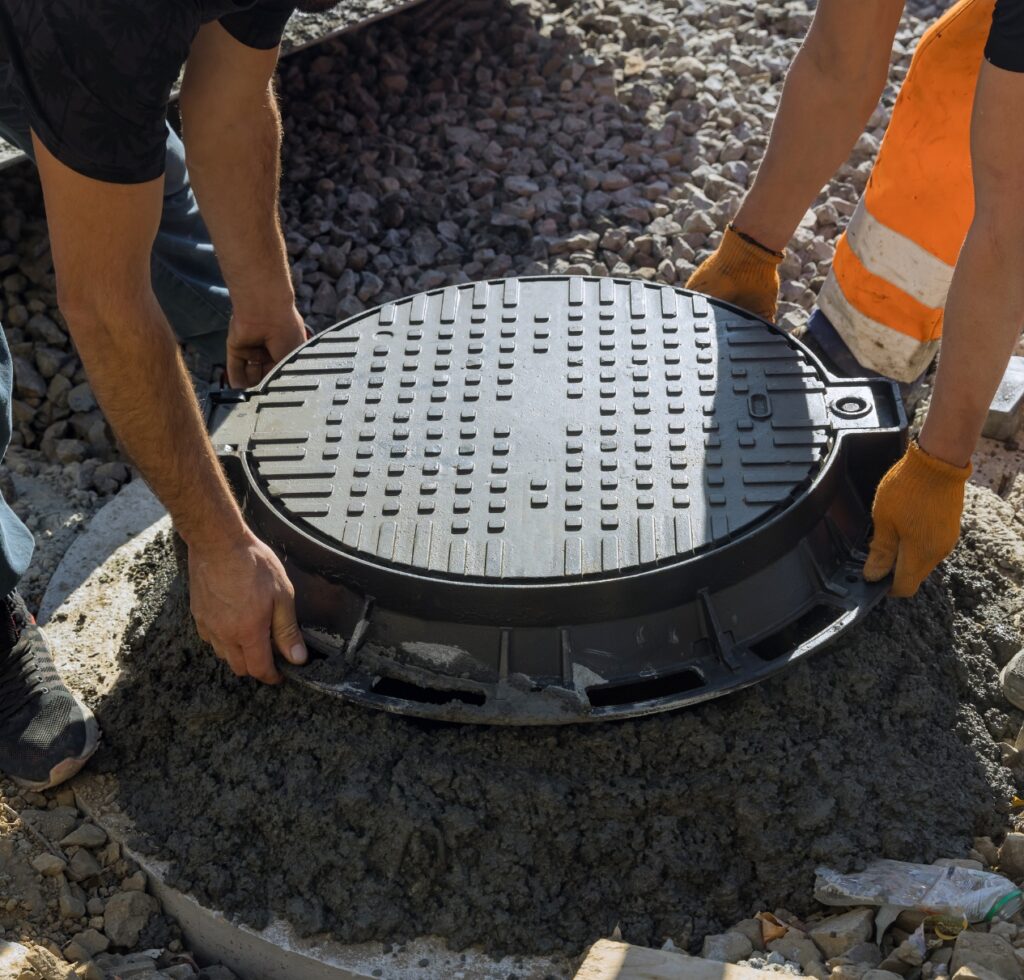
Septic systems are a vital component of many homes. If your house or commercial premises isn’t connected to the main sewerage line, your property will almost certainly have a septic tank to deal with wastewater. Keeping your septic system in good condition should be an essential part of any home maintenance plan. A failing sewerage system not only smells bad, but it can look bad and, even worse, it’s unsanitary and potentially hazardous to health.
Septic systems are subterranean structures that treat wastewater leaving a property. Wastewater includes that from the toilet, all sink, shower and bathtub drains, laundry water outlets, water outlets from dishwashers and similar.There are several types of septic systems, including:
- Conventional septic system with a tank and drain field
- Drip distribution system
- Chamber system
- Mound system
- Sand filtration system
- Aerobic treatment system
Essentially, all systems separate floating matter from solid materials and use beneficial bacteria to break down organic substances, such as food waste and excrement.
Typically, all wastewater enters a large underground tank. Water sits in the tank for a while, allowing solids to sink and create a layer of sludge at the bottom and oily or greasy substances to float on the top like a filmy layer, known as scum. The water goes through a treatment process, eventually returning to the ground.
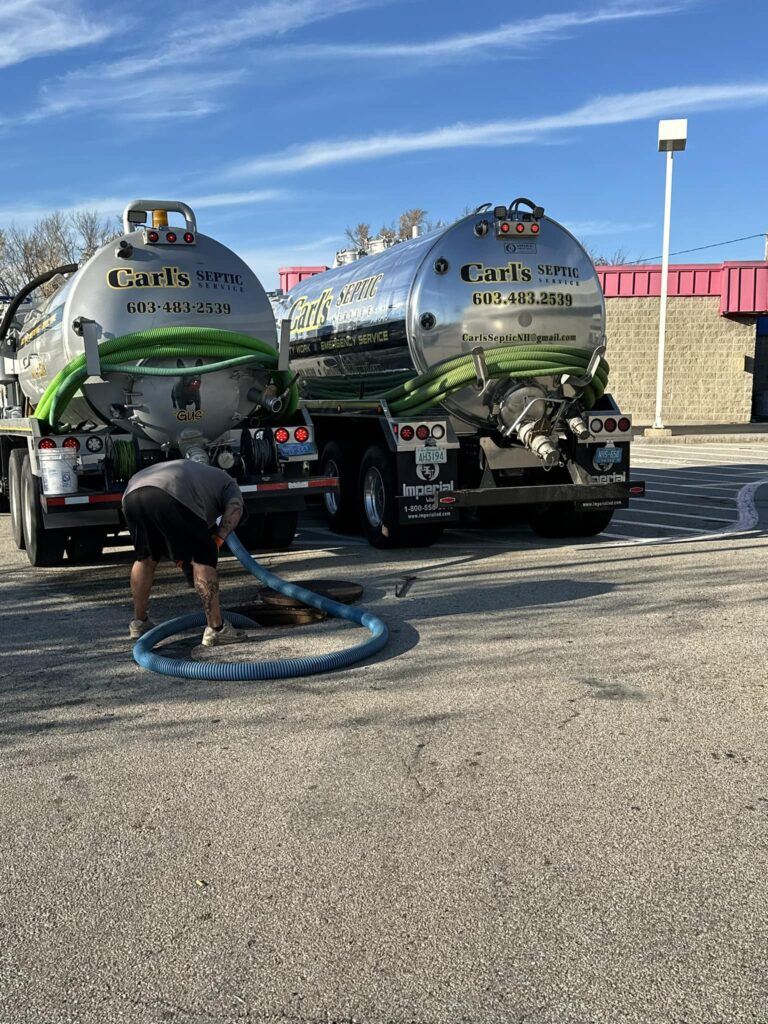
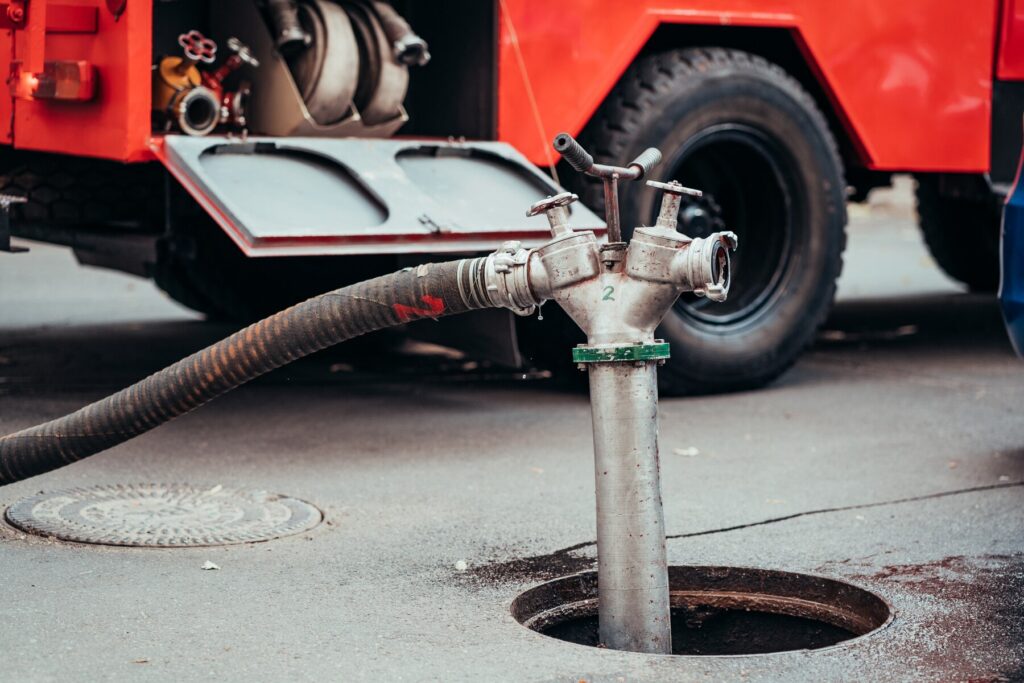
While septic systems can suffer wear and tear over time or be damaged by various factors, there are several things you can do to avoid causing or contributing to unnecessary problems:
- Don’t flush non-biodegradable items
- Minimize the amount of food waste going down the plughole
- Don’t use strong chemicals to clean toilets or drains
- Spread out laundry days
- Take shorter showers
- Avoid trees or plants near the septic tank or other septic system installations
In general, you should have your septic tank emptied every three to five years. However, various factors can affect how often individual properties need to arrange for septic pumping. Without routine emptying, septic tanks can overflow.
A number of signs can indicate that your septic system isn’t working as it should be. While septic pumping is all that’s needed in some cases, problems may also arise because of faults or damages within the septic system. It’s also recommended to make routine septic system inspections part of your ongoing home maintenance routine.
A failing septic system can cause untreated wastewater, including sewage, to come back up through pipes and drains, seep into the groundwater and contaminate freshwater sources. Sewage contains harmful bacteria and other pathogens and contaminated water can cause a range of nasty diseases for people and animals.
Some issues with the septic system might need emergency septic repairs. You should contact a professional if you notice any of the following signs:

Bad odors coming from the toilet and drains can be a big sign of issues with the septic system. Similarly, you might notice unpleasant smells near the septic stank and outside of your property. Odors commonly smell gassy, rather like rotting eggs.
If a septic tank is full or the septic system isn’t working correctly, wastewater has nowhere to go. It will, therefore, remain in the pipes, eventually backing up and possibly flooding out of the toilet.
As with toilets, wastewater pipes from sinks and other drains can become backed up. You might notice water failing to drain and coming back up through the plugholes and drain covers.
Slow drainage can also indicate a problem with the sewerage system. Pipes can become clogged, resulting in a slower drain
Strange gurgling sounds from appliances can be a sign of a septic system failure. Plumbing appliances shouldn’t create unusual sounds; if you hear gurgling noises when you run your taps, drain the bathtub or flush the toilet, it’s time to contact a professional.
If excess water or nutrient-dense sewerage enters the ground, it can cause foliage to grow quicker and healthier. If you spot a patch of particularly verdant grass or notice areas where plants are growing bushier or taller than surrounding greenery, it might mean that there are leaks within the septic system.
If your home has a pond, or you live near a lake or stream, keep an eye out for overgrowing algae in the water. As with yard foliage, sewerage leaks can feed algae, helping it to grow faster and in denser patches.
In homes with a drain field, failures can lead to water oozing from the ground. A telltale sign is often long-lasting damp patches during dry weather or pooling water with no obvious cause. Sometimes, heavy rains can also cause drain fields to fill, creating temporary problems with the septic system.
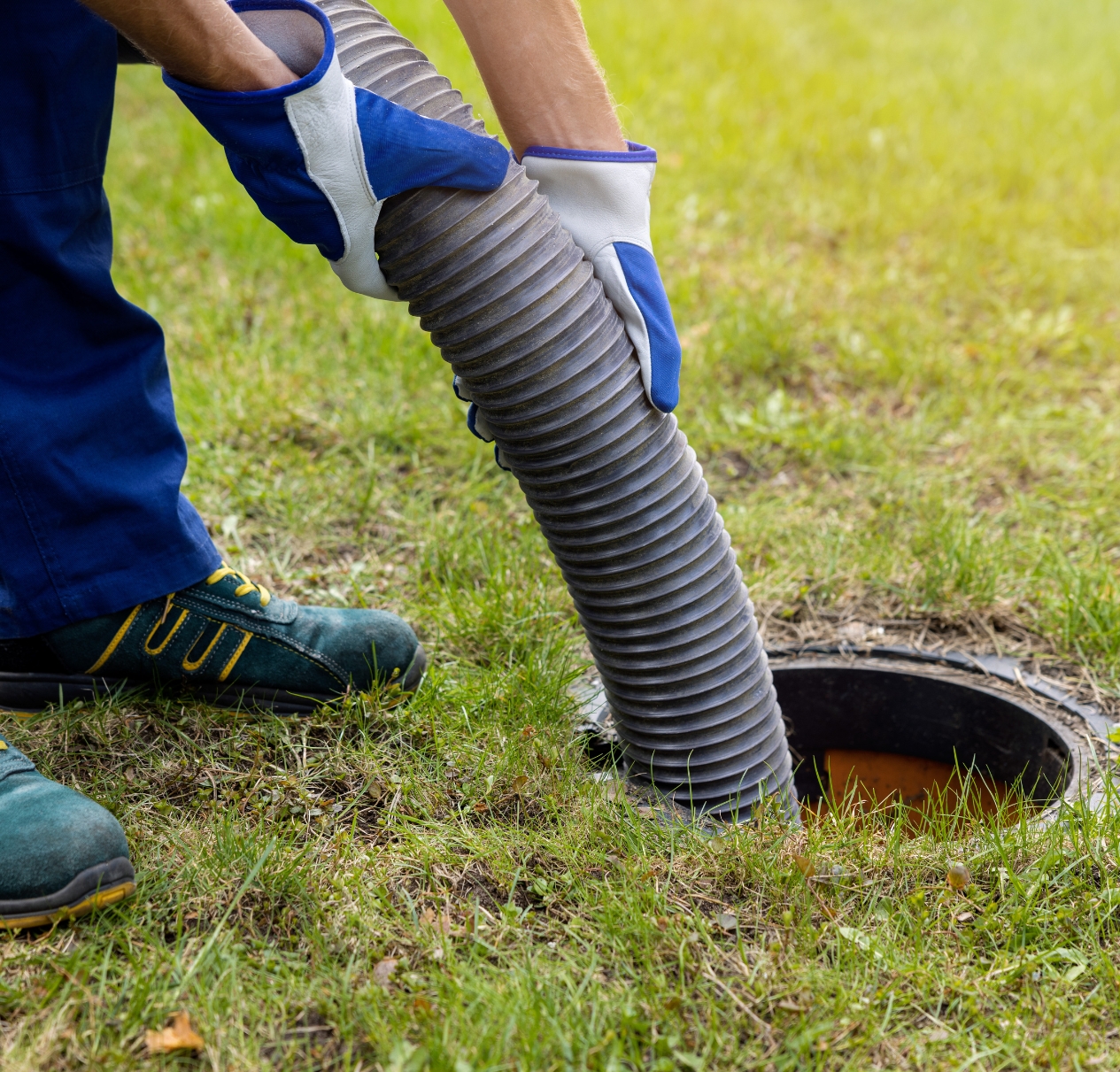
When septic issues arise unexpectedly, count on Carl’s Septic for fast, reliable emergency services to prevent costly damage and disruptions.
Read More
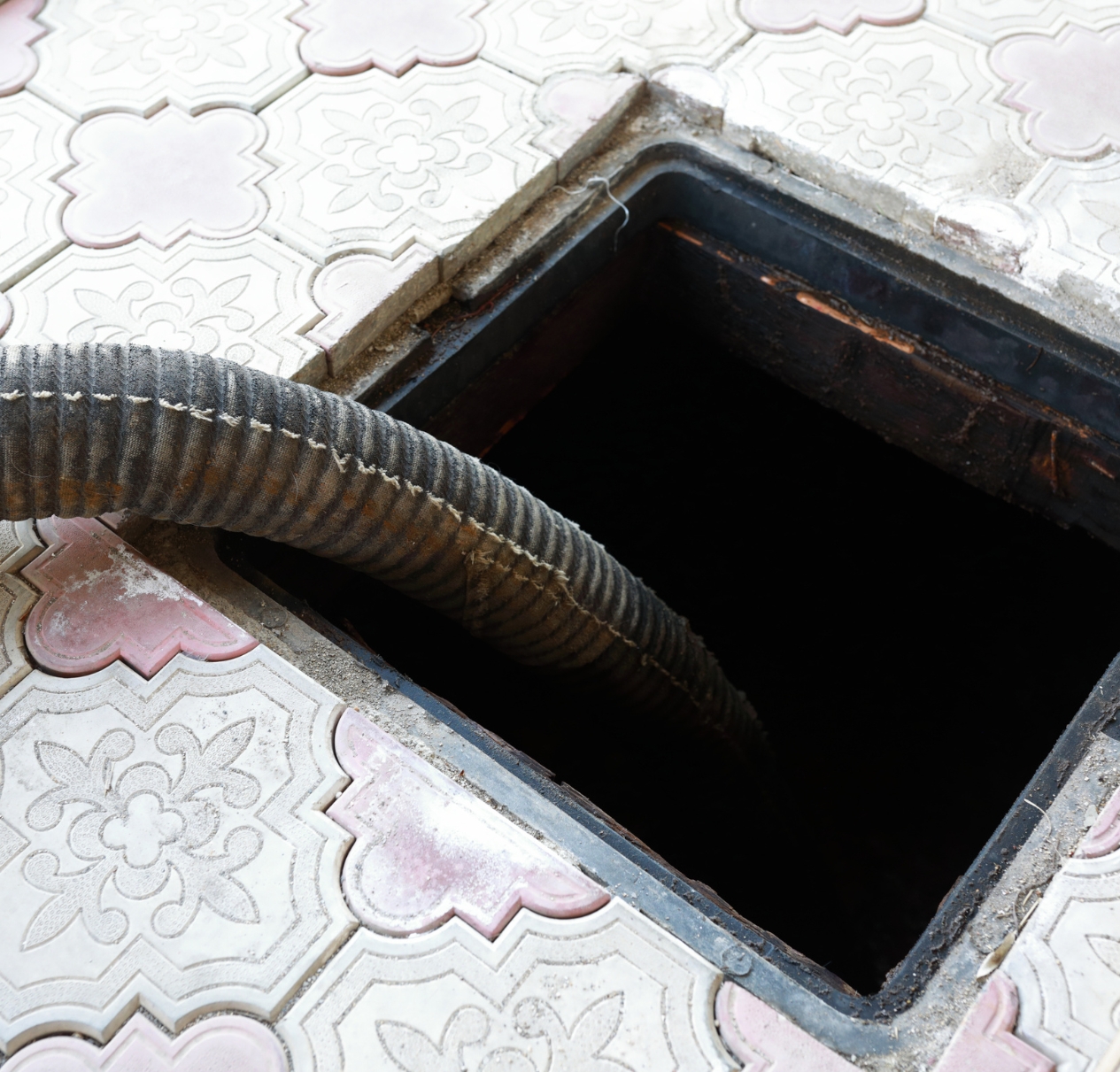
Regular pumping is essential to avoid backups and system failure. We provide scheduled septic tank pumping to maintain a healthy system.
Read More
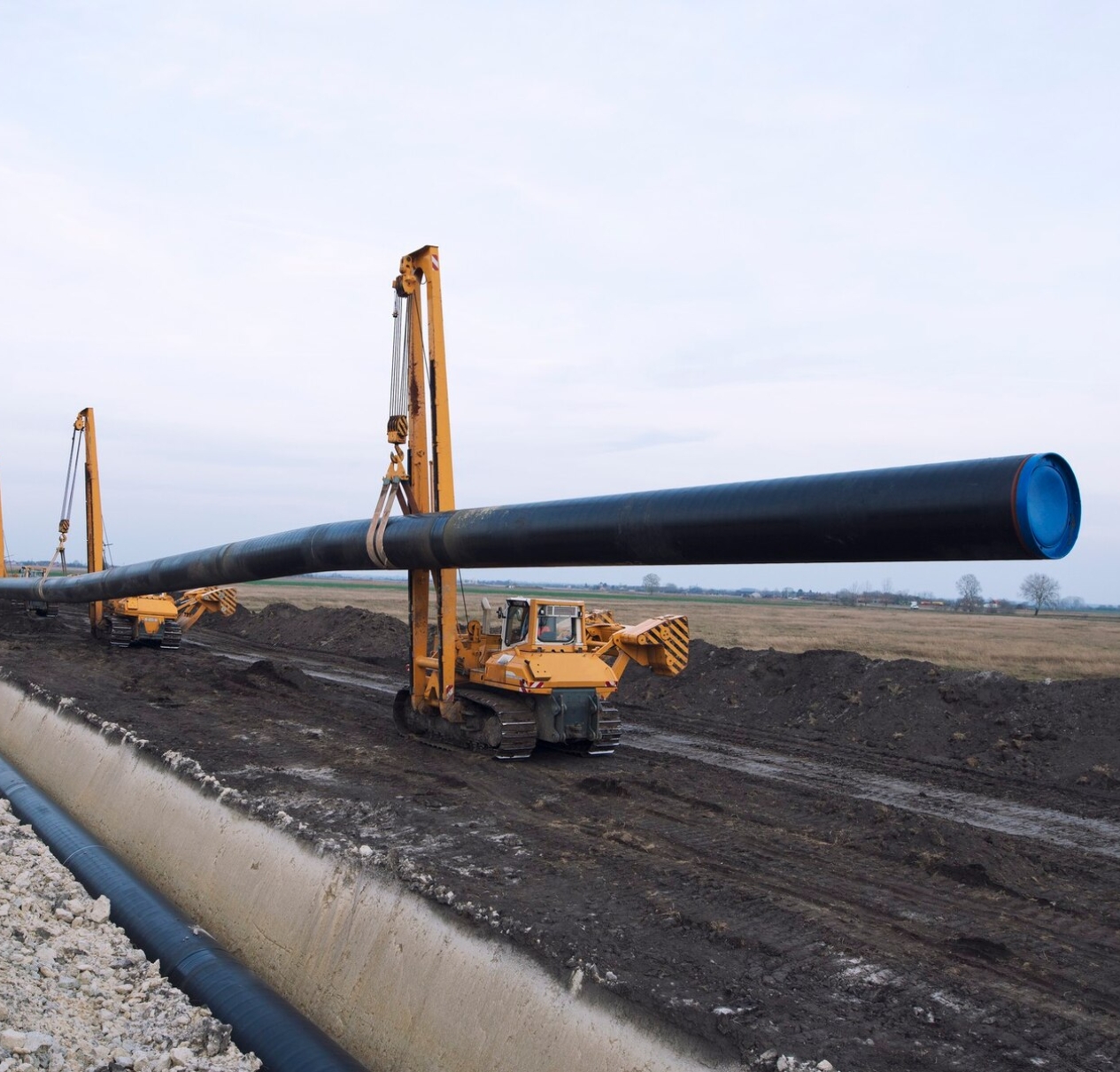
Commercial properties require specialized septic solutions. Our team ensures your system meets regulatory standards and operates smoothly.
Read More